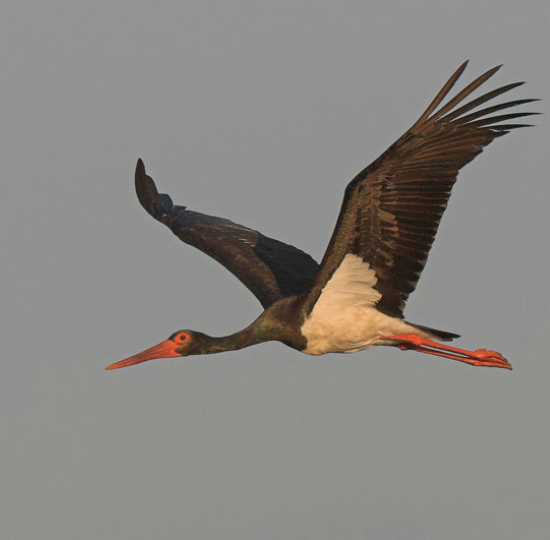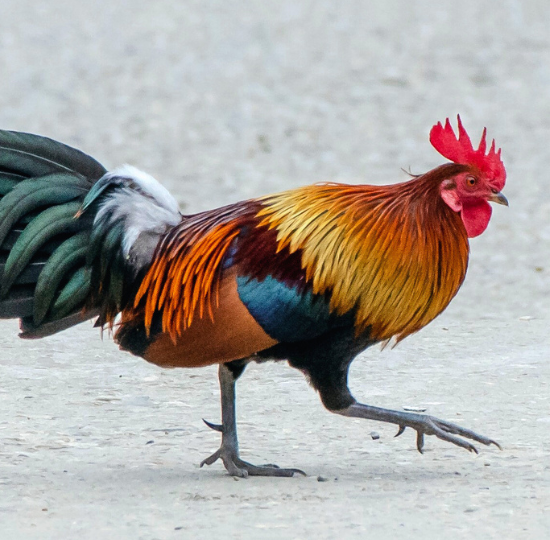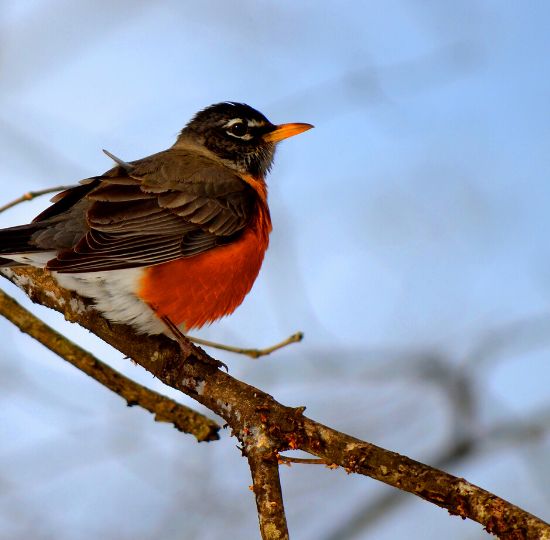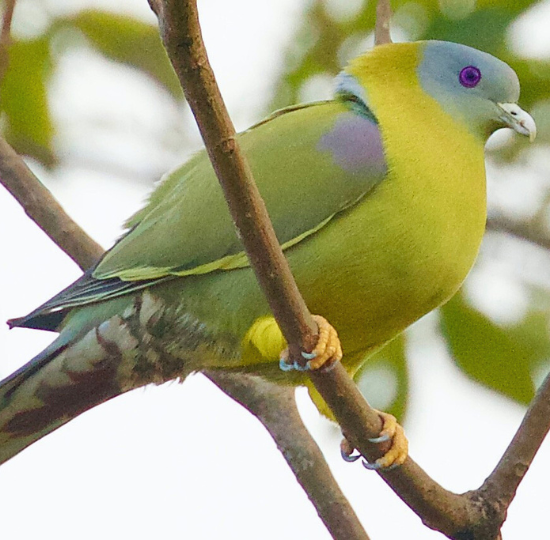Bird Watching in Rishikesh
Rishikesh is a popular destination for birding in India, as it is home to a wide variety of avian species. The city is located in the foothills of the Himalayas, and its natural beauty and a diverse landscape provide an ideal habitat for many species of birds.
Some of the most commonly spotted birds in Rishikesh include the Indian peafowl, red-vented bulbul, oriental magpie-robin, Indian golden oriole, white-throated kingfisher, and many more. The city also serves as a stopover point for migratory birds, making it a great location for birdwatchers.
Rishikesh offers several opportunities for birding enthusiasts, such as visiting bird sanctuaries, nature reserves, and birding trails. Some of the popular birding locations in Rishikesh include Rajaji National Park, Chilla Wildlife Sanctuary, and Neer Garh Waterfall.
If you are interested in birding in Rishikesh, it is recommended to hire a local guide or join a birding tour to get the best experience. A guide can help you identify different species of birds and provide information on their behavior and habitat. Additionally, it is important to respect the environment and wildlife while birdwatching and to follow responsible birding practices.




